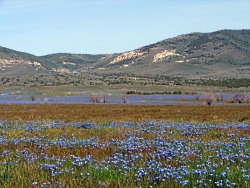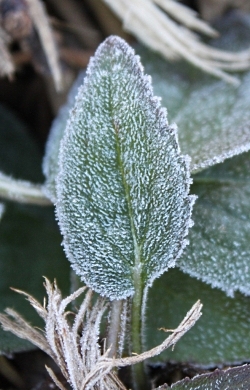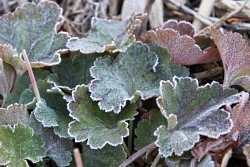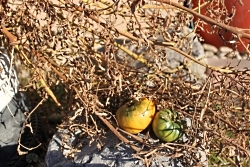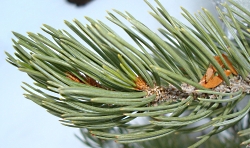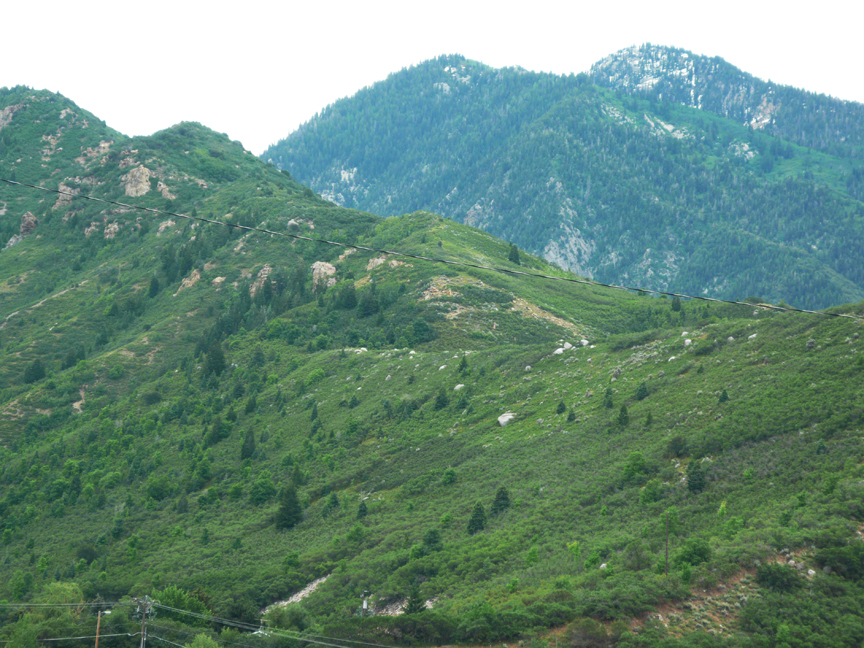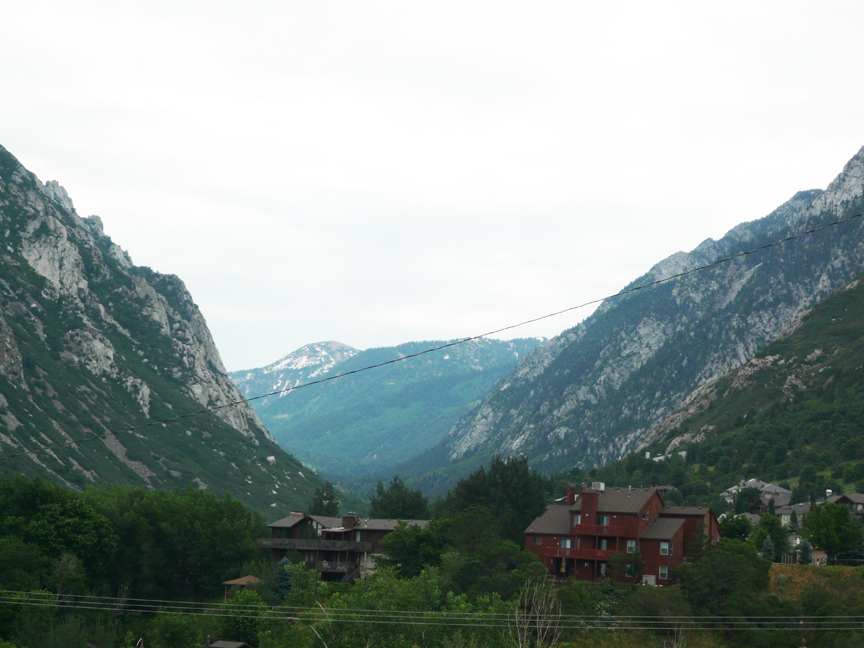
Courtesy Utah Climate Center
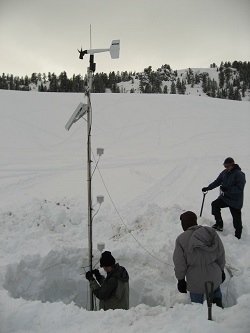 Peter Sinks
Peter Sinks
Campbell Scientific Weather Station
Courtesy Utah Climate Center
Holly: Hi, I’m Holly Strand.
-18 in Logan, -20 in Moab, -26 degrees in Randolph. In other words, it’s January in Utah! Subzero temps are common this time of year across most of the state.
Some sources give – 50 degrees Fahrenheit as the coldest temperature ever recorded in Utah. It was -50 on Feb 6, 1899 in Woodruff and again on Jan 5, 1913 at the East Portal of Strawberry Reservoir. But—as many of you know—the real lowest temperature recorded was -69 degrees occurring at Peter Sinks on Feb 1, 1985. There were two weather stations recording at the time. A Campbell Scientific instrument recorded a temperature of -70.5 from a sensor 20 inches above the snow surface. A few days later, USU student Zane Stephens retrieved a minimum recording alcohol thermometer which registered -68.3. The National Bureau of Standards calibrated Stephens’ thermometer which adjusted the reading to -69.3. This became the ‘official’ temperature minimum since– at that time–the National Weather Service only recognized the type of weather station used by Stephens.
While the -69 observation was verified, the station it came from was not part of any long-term weather monitoring network. That’s why you still see the -50 cited as the low. But -69 is so much better. For this figure gives Utah boasting rights for having the 2nd coldest recorded temperature in the lower 48 (plus Hawaii). -69 beats the coldest temperature recorded in Europe which is only -67. And it comes fairly close to North America’s record which is -81 in the Canadian Yukon. Just so you know, Asia’s record is -90 in Verkhoyansk in Siberia. And of course, Antarctica takes the cake with -129 at Vostok Research Station.
But back to Utah. Peter Sinks—where the -69 reading occurred–is an oval-shaped limestone sinkhole located on the crest of the Bear River Range just west of Old Limber Pine off of Highway 89. It’s about 150 meters deep and 1 km long. Having no tributary valleys, it’s a perfectly closed basin. On clear nights the area surrounding the sink radiates away its heat. And if the wind is calm, the, colder heavier air sinks and pools on the basin floor . If there were an outlet the cold air could flow out and warmer air could lower in to replace the outgoing cold. But there isn’t an outlet.
You probably recognize this situation—it’s an inversion. The Wasatch Front valleys and Cache Valley experience this same phenomenon during winter. Snow cover reflects incoming sunlight which cools the land surface and warm temperatures aloft seal the colder air down below. Meanwhile, a high pressure system called the Great Basin High brings clear, still air which locks the inversion in place. But the large size of these populated valleys prevents the temperature from dropping down to -69. Thank goodness. But in our case, manmade pollutants created during the inversions create a toxic cold air cocktail that we have to endure. At least until a low pressure system comes in and blows the lid off the inversion, pulling the cold air upward and “mixing” it away.
For more information on inversions and to see pictures of the notorious Peter Sinks, visit www.wildaboututah.org
Thanks to Robert Davies of the Utah Climate Center at Utah State University for his help in developing this episode.
For Wild About Utah, I’m Holly Strand.
Credits:
Image: Courtesy Utah Climate Center
Text: Holly Strand
Sources & Additional Reading:
Ahrens, C. Donald, Perry Samson. Extreme weather and climate. Belmont, CA : Brooks/Cole, Cengage Learning.
Clements, Craig B. Whiteman, C. David Horel, John D. 2003. Cold-Air-Pool Structure and Evolution in a Mountain Basin: Peter Sinks, Utah. Journal of Applied Meteorology, Jun 01, 2003; Vol. 42, No. 6, p. 752-768
Moller, Allen; Robert R. Gillies. 2008 Utah Climate. Logan, Utah: Utah Climate Center, Utah State University
NOAA, State Climate Exchange Committee. State Temperature Extremes https://www.ncdc.noaa.gov/extremes/scec/records
Utah Climate Center, Utah State University https://climate.usu.edu/
Utah Climate Center with support from Campbell Scientific, Inc. Peter Sinks Monitoring Project. Site history, data and more pictures. https://twdef.usu.edu/Peter_Sinks/Sinks.html
Utah.Gov Choose Clean Air https://www.cleanair.utah.gov/

